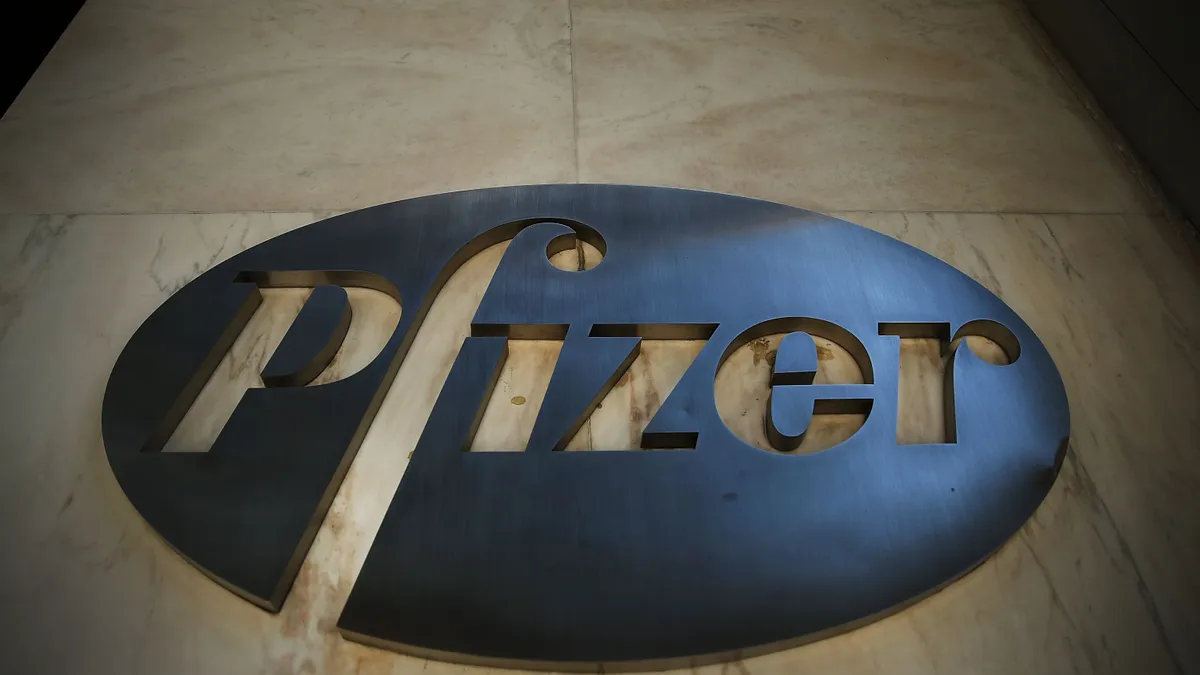Eli Lilly’s disappointing quarterly earnings results for its blockbuster weight loss and diabetes drugs Mounjaro and Zepbound revealed that the market has some vulnerabilities. And with a projected market potentially worth billions more, the results aren’t likely to deter other pharmas from pursuing their own entries.
Pfizer executives are still bullish on the opportunity for its own obesity and diabetes drugs under development, eyeing a potential opening for oral versions and an improved safety profile compared to the GLP-1 drugs currently on the market. While Pfizer isn’t the only pharma giant betting on oral GLP-1s, the company is all in with more than one candidate in the works.
And despite two clear leaders in the space — Novo Nordisk and Lilly — supply shortages and other growing pains leave room for new drugs in the coming years.
“If there’s a segment worth watching, it’s the oral GLP-1s,” said Puru Gaur, a senior commercial analyst with Norstella. “With a current [market] value just shy of $4 billion, the oral GLP-1 [market] could reach the $20 billion milestone by 2030, representing a high-stakes battleground for pharmaceutical giants.”
"Companies are eager to pour resources into developing better safety profiles, understanding that a differentiated product could be their ticket to sustained market success.”

Puru Gaur
Senior commercial analyst, Norstella
The only oral GLP-1 approved by the FDA so far is Novo’s Rybelsus, which treats type 2 diabetes and brought in roughly $1.6 billion in sales during the first half of 2024. Oral versions of the popular injectable GLP-1s are thought to be more convenient for patients who may not want to use needles.
“This gap presents a lucrative opportunity, and the race is on to see which player can capitalize on it first,” Gaur said.
Pfizer’s game plan
Lilly’s oral version, orforglipron, is in phase 3 trials for weight loss. But Pfizer is aiming to be the second pharma company on the market with an approved oral GLP-1 for that indication, with its lead candidate, danuglipron, still in early-stage testing. Second place could still offer a sizable market share.
“There is a significant need for oral solutions,” Pfizer CEO Albert Bourla said during the company’s third-quarter earnings call. “There is no doubt that if successful, we will have a decent market share of oral.”
In addition to danuglipron, Pfizer is developing an oral, small molecule GIPR-antagonist that is beginning phase 2 testing this year, and another oral GLP-1 in phase 1, Bourla said during the call. The company’s oral candidates edge toward the upper end of the 10% to 20% weight loss seen with GLP-1s in use today, and Pfizer plans to discuss more about danuglipron, which is currently undergoing dosing trials, in 2025, executives said.
Market differentiation
Having multiple drugs under development diversifies Pfizer’s strategy to rival other meds. However, the oral GLP-1s’ advantage over injectables may be limited on their own. While the oral versions of the GLP-1s may have similar outcomes for weight loss, differentiations — such as combinations that include Lilly’s tirzepatide products Wegovy and Zepbound, which are dual GIP/GLP-1 receptor agonists — could help new drugs stand out in the developing market. Pfizer is pursuing a GIPR antagonist, which may provide further advantages.
“I don't expect that the various oral [versions] will, in the end, differ that much in the GLP-1 class,” Dr. Mikael Dolsten, chief scientific officer and president Pfizer R&D, explained during the earnings call. “So that's why we were keen also to move [to] a GIPR, which could add better tolerability and more efficacy.”
New indications outside weight management and type 2 diabetes could propel these drugs into new territory, Gaur said.
“What’s intriguing is that future growth in GLP-1 for obesity may not be defined by a one-size-fits-all approach,” Gaur said. “Instead, it’s likely to be driven by refined patient segmentation, achieved through creative product differentiation, combination therapies and specific targeting. Companies are eager to pour resources into developing better safety profiles, understanding that a differentiated product could be their ticket to sustained market success.”












